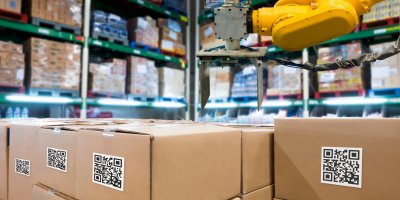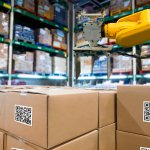
Do you offer a product-as-a-service? Source: Shutterstock
Transitioning from product to product-as-a-service
BUSINESSES are constantly trying to innovate in today’s disruptive ecosystem. Innovation is not just a buzzword anymore, it’s something that companies constantly think about, on the shop floor and in the corporate office.
One of the most interesting developments is the rise of the product as a service business model, allowing manufacturers to do more with customers, and effectively transform their revenue streams.
In an exclusive interview with Seth Ryding, Vice President of Asia & Pacific, Telenor Connexion, ahead of his session at the ConnecTechAsia summit in Singapore next week, Tech Wire Asia learns more about the new business model.
What does product-as-a-service mean?
Many companies have traditionally sold a product at a fixed time for a fixed price.
New business models can offer a similar product to be used for a period of time where a service charge is collected depending on what product you choose to use and how long you use it.
This can lead to situations where the products are used more, the customer can use a better product for a lower cost and the producer can collect more money on a product over a longer period of time.
What do companies need to adopt a product-as-a-service business model?
For the change to take place a company has to change their way of seeing their products and customers.
Instead of seeing the sales work as something that is done until the point the customer perches the product that point has to be seen as a start of a customer relationship that has to be maintained and that is an additional possibility for up sale.
From a financial perspective, the company also needs to be ready to change from higher one time revenues to lower revenues that on the other hand are recurring and will be higher if calculated over time.
What are some of the key challenges to becoming a product-as-a-service business?
From experience, I would say that one of the main challenges is to believe in the transition and to have one or several key stakeholders that owns the change and can make sure that the “product-as-a-service” mindset is implemented fully in the organization.
It is also important to keep in mind that new competencies will be needed and changes for existing people within an organization is highly likely to take place.
A focus on continues service, digitalized communication as well as data analytics from connected devices are some areas that usually need to be strengthened.
How can avoid or at least overcome these initial hiccups without wasting resources?
There are some things that are important when starting a transition.
Find one or several trusted and knowledge partners/suppliers to work with that have experience in this area.
Start with something that is achievable fairly fast to gain momentum but also to show that a change is on the way, this is important both internally and externally.
Do it in steps and start out with something that is not to complex and be very clear that what you create addresses a customer need as Need is a Driver for Change.
Can you illustrate how companies are moving to the product-as-a-service business model and how it’s helping them?
The Sharing economy is a clear example of this transition.
Nowadays it is possible to share cars, bikes, lawn mowers or even containers and pay depending on when and how you use it and in the majority of the cases you only have interaction with Apps.
These examples are Business to Consumer but the number of examples within the ‘business to business’ areas are increasing continuously and some examples can be excavators, trucks or water pumps.
The long-term result of these transitions is usually that you get an advantage over your competitors as you are adapting to changes in consumption patterns that your competitors will miss out on.
Usually, as a result, you’re able to add new revenue streams to your business and finally get a lot of interesting data that can be used for additional improvements and “product-as-a-service” development.
READ MORE
- The criticality of endpoint management in cybersecurity and operations
- Ethical AI: The renewed importance of safeguarding data and customer privacy in Generative AI applications
- How Japan balances AI-driven opportunities with cybersecurity needs
- Deploying SASE: Benchmarking your approach
- Insurance everywhere all at once: the digital transformation of the APAC insurance industry




